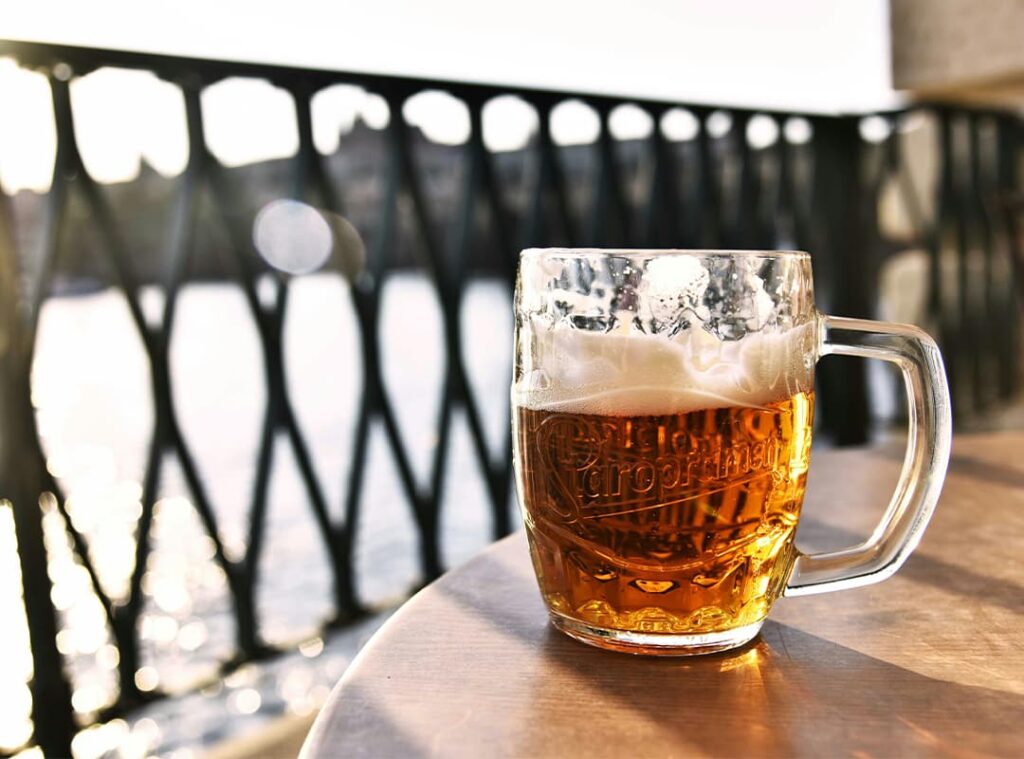Water is one of the most critical resources in beer production, accounting for up to 90% of the final product. However, the brewing process traditionally consumes far more water than what ends up in the beer itself. In today’s environmentally conscious world, reducing water consumption is not just a trend but a necessity for sustainable brewing practices.
Understanding water usage and implementing efficient strategies can help breweries, from large-scale operations to homebrewers wondering how long does it take to brew beer, to lower their environmental footprint while maintaining high-quality production.
Why Water Conservation Matters
Breweries typically use an average of 3 to 7 liters of water for every liter of beer produced. This includes water used in brewing, cleaning, cooling, and packaging processes. Excessive water usage increases production costs and puts additional pressure on global freshwater supplies. By adopting sustainable water practices, breweries can significantly reduce waste, save costs, and contribute to preserving natural resources.
Strategies for Reducing Water Consumption in Brewing
- Optimizing Cleaning Processes
Cleaning equipment is one of the most water-intensive tasks in brewing. Switching to automated Clean-in-Place (CIP) systems can drastically reduce water usage by recycling cleaning solutions and ensuring precise application. - Recovering and Reusing Water
- Cooling Water Recovery: Cooling wort is an essential step in brewing. The water used during this process can be collected, cooled, and reused for cleaning or as part of the next brewing cycle.
- Condensate Recovery: In steam-based brewing systems, recovering condensate from boilers can reduce the need for additional water inputs.
- Upgrading Equipment
Modern brewing systems are designed with water efficiency in mind. High-efficiency mash tuns, lautering equipment, and closed-loop cooling systems can significantly cut water consumption. These upgrades are particularly beneficial for breweries producing large batches, as well as for homebrewers exploring efficient brewing setups. - Implementing Smart Water Monitoring
Installing sensors and smart meters allows breweries to track water usage in real-time. Identifying inefficiencies helps target specific areas for improvement. - Educating Employees and Homebrewers
For commercial operations, training staff on water-saving techniques can lead to substantial reductions. Similarly, homebrewers can adopt practices like reusing cleaning water for pre-wash tasks to minimize waste.
Sustainable Brewing at Home
For homebrewers, small changes can make a big impact:
- Use leftover water from chilling wort for cleaning brewing tools.
- Invest in brewing systems that prioritize water efficiency.
- Consider brewing larger batches less frequently to maximize resource usage, as it generally takes the same amount of time for large and small-scale brews when you ask, how long does it take to brew beer.
Success Stories from the Industry
Innovative breweries worldwide are already making strides in water conservation:
- Stone Brewing in California reduced their water-to-beer ratio to 3:1 by implementing advanced water reuse systems.
- Carlsberg Group introduced water recycling plants that save millions of liters annually, setting an example for global sustainability in beer production.
Reducing water consumption in brewing is a crucial step toward a sustainable future for the industry. From small-scale homebrewers to large commercial operations, adopting water-saving practices not only lowers costs but also preserves a vital natural resource. By rethinking traditional methods and investing in innovative technologies, brewers can ensure that their craft contributes to a greener planet without compromising on quality.
